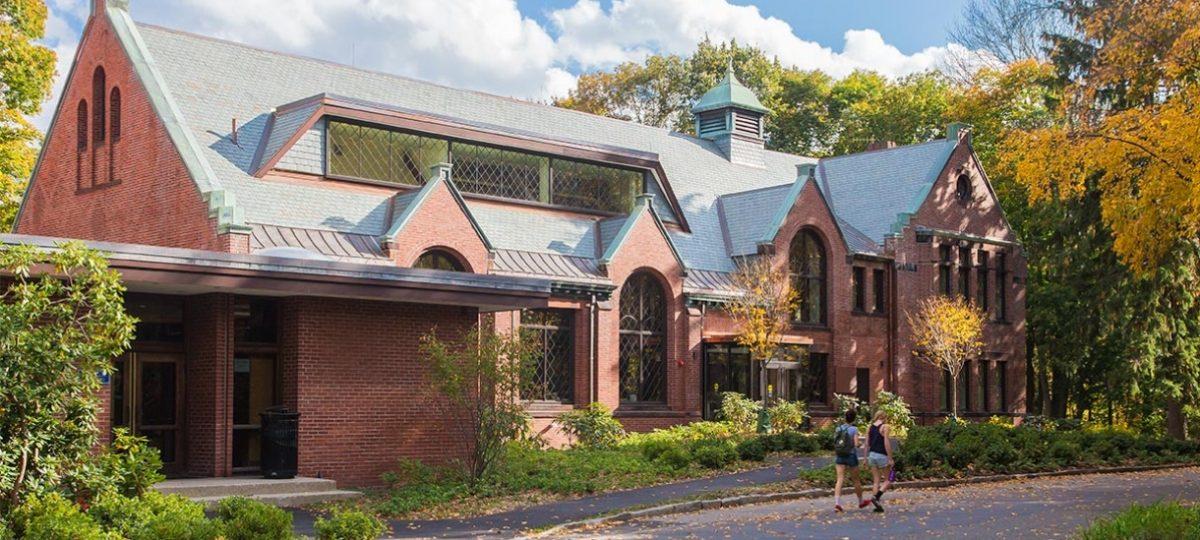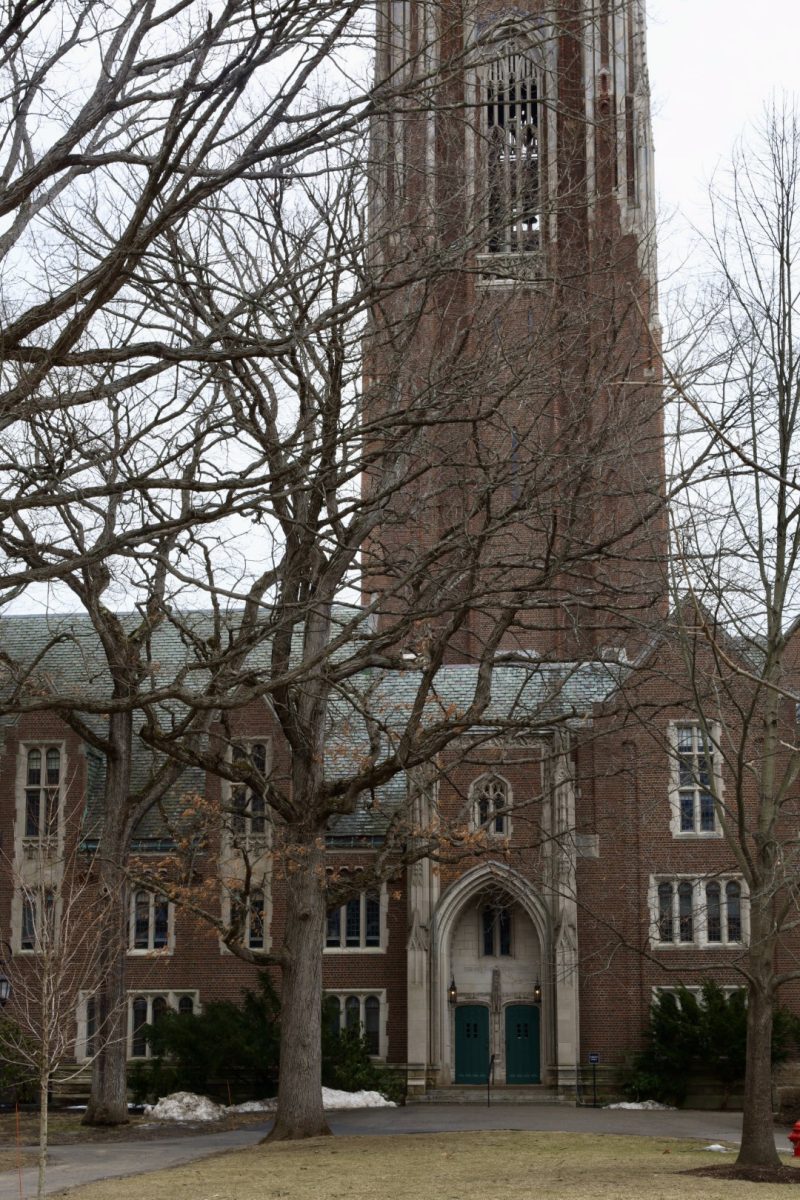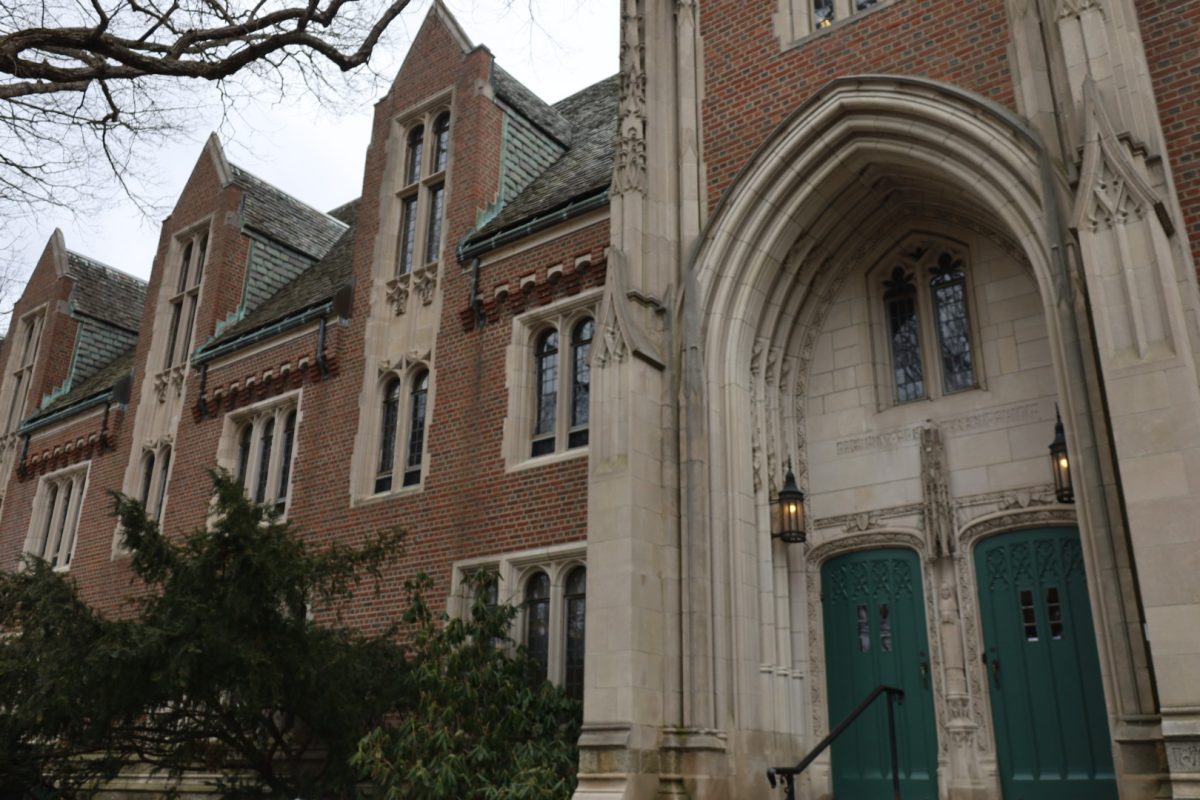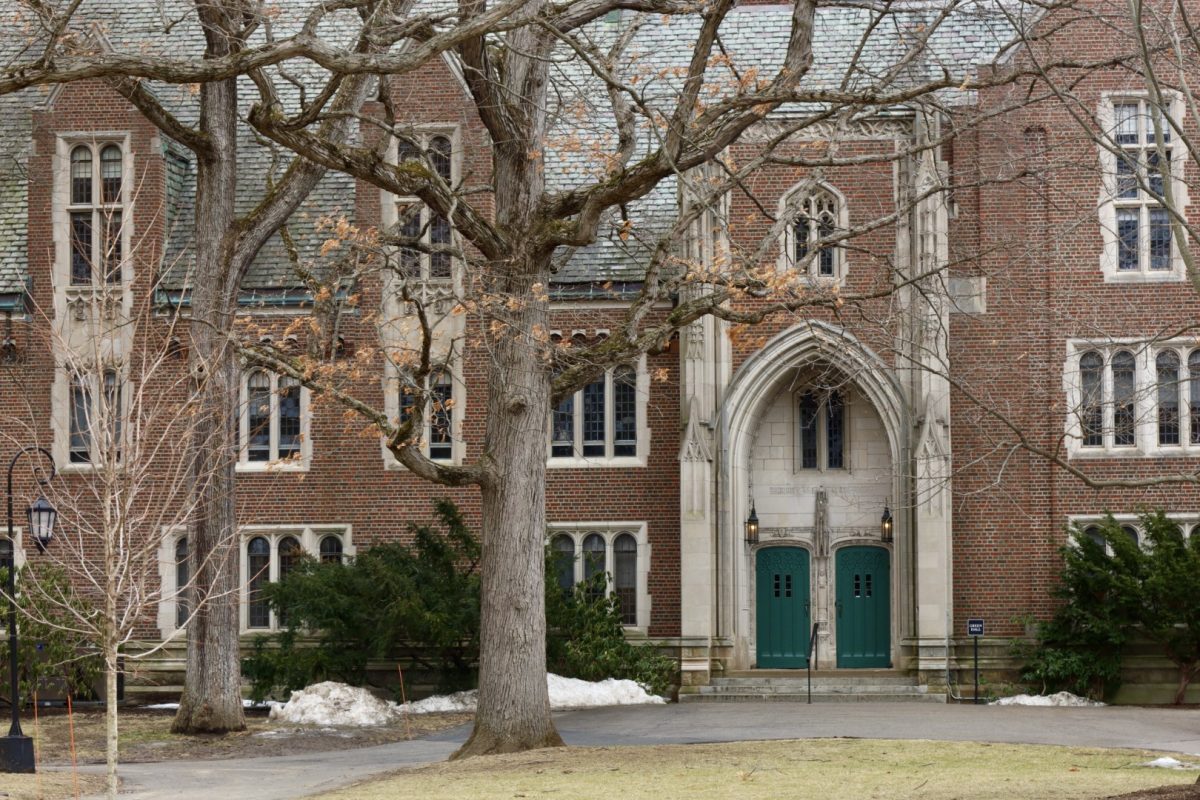Year by year, the College has been steadily increasing the total cost of attendance, and the 2021-2022 school year was no exception. Administration chose to increase the tuition, room and board cost for a total increase of $2,820 in the 2021-22 school year, joining dozens of other colleges, such as Juilliard and Harvard. The cost of attending Wellesley now stands at $79,040 prior to financial aid. Some students have protested the change because it coincided with the COVID-19 recession, the worst global economic crisis since the Great Depression, while others have pointed to the school’s 2.2 billion endowment as a potential source of subsidy.
For Neeraja Deshpande ’23, an economics major, the change was not surprising.
“Increasing the tuition by a few thousand dollars is part of a bigger mechanism that allows the College to function, especially since the College subsidizes all of its students. It costs around $100,000 to educate one student for one year, which is more than the tuition for full-pay students.”
According to Deshpande, the reason why this cost may be so high is due to the “arms race” that Wellesley is participating in.
“Wellesley doesn’t operate in a vacuum. It operates in a marketplace,” Deshpande said. “Every college is trying to attract students with newer facilities, better food, nicer dorms, etc. And that means higher cost structures.”
According to Advisory Committee on Budgetary Affairs (BAC) reports from 2017, the College has been running on a budget deficit for several years. While donor gifts from alums have allowed for the construction of new buildings like the Lulu Chow Wang Campus Center , constructed in 2004-05, the report stated that maintenance of older buildings is funded solely through the College’s depreciation expense, which have only grown in the past years. As the institution faces high costs and a budget deficit, the choice to increase tuition has imposed a greater economic demand on students, which will affect students’ lives to varying degrees, with particular implications for students unable to pay full tuition, and has caused many students financial concern.
On March 15, a letter from the Office of the President was emailed to all Wellesley families, stating that there would be a 3.7% increase in tuition for the 2021-22 academic year. While some, such as Deshpande, who had studied similar topics in her economics classes, expected the tuition increases, it came as a shock to other students and families.
“I think [Wellesley has] an obligation to tell students as well as their parents,” Wendy*, a rising junior, said. She had learned about the tuition increase from her mother.
Though Wendy’s family is able to pay full tuition, she is aware that her tuition expenses constitute a large economic demand for her family. Not only are her parents now paying a higher tuition, but because of a private family agreement, Wendy is also responsible for paying a percentage of her college tuition. While Wendy has always worked to contribute to her tuition payments, the tuition increase has resulted in Wendy feeling a greater sense of responsibility to work hard and ensure that her family can rely on her contributions.
The increased tuition has particularly affected students who are unable to pay full tuition, particularly low-income students.
Wanda* has been receiving financial aid since beginning her Wellesley education two years ago. She, too, believes that better communication between the College and students would allow people trying to understand the tuition increase and its personal implications better transparency.
She first became aware of the tuition increase when, before her financial aid package for the 2021-22 school year had been issued, she noticed a tuition payment charged to her on Workday for the 2021-22 academic year. Neither she nor her family could afford to pay the balance.
“It was very scary at first when I saw that huge number,” Wanda said.
After reaching out to Student Financial Services (SFS), Wanda received her complete financial aid package, which made Wellesley affordable for her and her family, as it credited to her account aid that had been pending when she first noticed the larger Workday tuition charge. Though she does not know why her aid package was pending when the charge appeared on Workday, according to Wanda, the delay could have occurred because of a missed deadline for submitting her financial aid application to SFS. Before receiving her aid package, Wanda received little communication about how the tuition increase would affect her, and she feared that, as tuition increased, she would be asked to pay higher tuition amounts than she had in previous years.
Because SFS adjusted students’ aid packages in response to the tuition increase and the economic strains caused by the COVID-19 pandemic, Wanda now pays less in tuition than she did in 2019, during her first semester at Wellesley.
In the midst of concern from many students and families, SFS has been able to grant some students additional financial support as a result of the Higher Education Emergency Relief Act under the American Rescue Plan. In her letter announcing the tuition hike, President Paula Johnson assured families of Wellesley’s dedication towards making the College affordable, acknowledging the economic implications of the COVID-19 pandemic, as well as the increasing national cost of higher education.
“I want to assure you that we are committed to keeping Wellesley accessible,” Johnson wrote.
However, rising tuition rates have created uncertainty and concern among students. The amount of financial aid available to individual students varies. In addition, students who have already received financial aid packages but are still unable to meet tuition expenses or have since experienced a change in finances as a result of the pandemic must appeal to SFS before their aid packages are considered for modification. In addition to being a concern for students receiving full financial aid, Wanda added that she believes the tuition increase to be a major concern for students and families who are not deemed eligible for full financial aid but who still struggle to meet tuition demands. As the COVID-19 pandemic continues to magnify pre-existing and new obstacles to higher education, the decision to increase tuition has created another obstacle for Wellesley students and families to navigate.
*Name changed to protect student’s privacy




